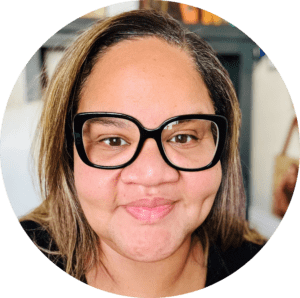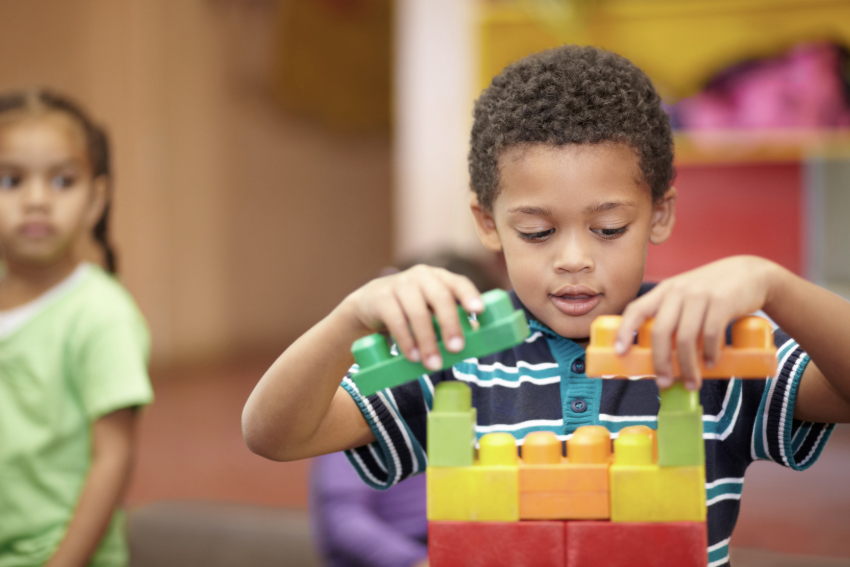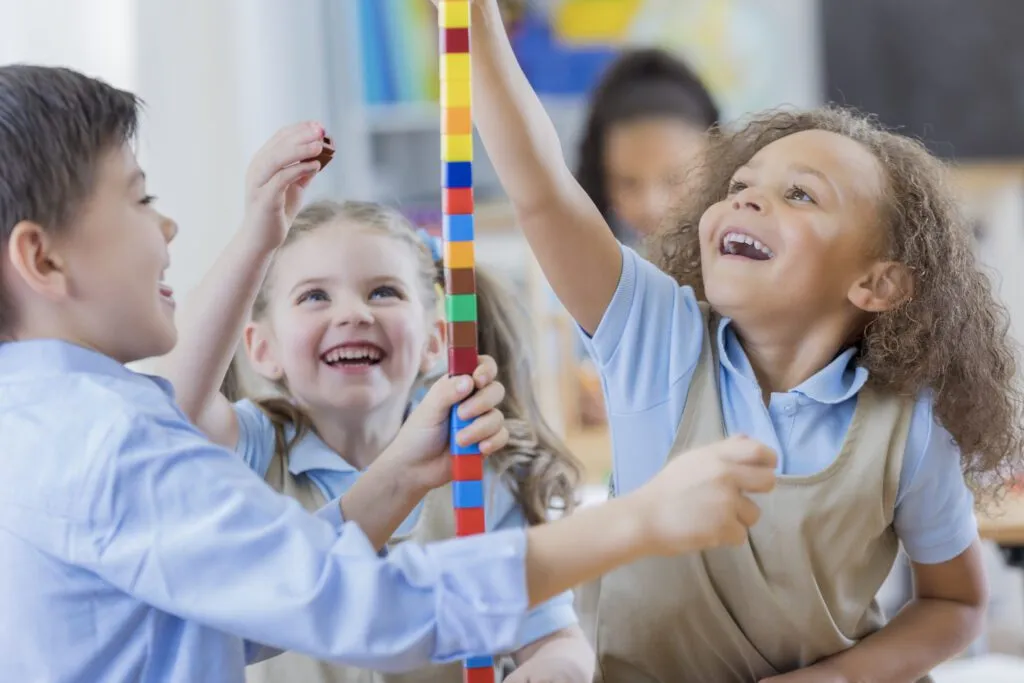How Play Supports Academic Rigor in Early Childhood Education


In 2025, the pressure for young children to meet academic benchmarks has never been greater. Families and educators feel the weight of expectations around reading and math—even in pre-K and kindergarten. There are ongoing discussions around academic rigor in preschool, play-based learning, and what is most developmentally appropriate in an early childhood education setting. Add in the lingering effects of the pandemic, rising equity gaps, and new debates about technology and AI in education, and it’s easy to wonder: Can academic rigor and play coexist in early learning? The answer is yes. In fact, when learning is developmentally appropriate, play becomes the most rigorous—and effective—form of instruction for young children.
What is academic rigor in early childhood education?
When people hear the word rigor, they often picture worksheets, drills, or children sitting silently at desks. But for young learners, rigor looks very different. For preschool children in particular, rigor is not about memorizing facts or rushing into reading. It’s about helping children build foundational knowledge and skills and develop a depth of understanding through exploration of ideas, persistence through challenges, and making connections between what they know and what they’re discovering.
Academic rigor in early childhood means asking open-ended questions, encouraging problem-solving, and supporting children as they engage deeply in meaningful learning experiences. It’s about nurturing curiosity and resilience, not pushing content before children are ready. The National Association for the Education of Young Children (NAEYC) reminds us that developmentally appropriate practice (DAP) is the foundation for quality early learning. DAP means meeting children where they are—recognizing their individual strengths, needs, and cultural contexts—while guiding them toward achievable, challenging goals. DAP does not mean a lack of structure or lowered expectations. In fact, it requires intentional teaching. Teachers design learning experiences and environments that stretch each child’s thinking, balancing guidance with autonomy. In doing so, they honor both how young children learn best and what we know (through research and experience) about how their development may progress.
Why is play important for preschool learning
Play is not a break from learning. Time and time again, research tells us it’s the most effective way children learn. Through play, preschoolers build critical skills in multiple areas, including
- solving problems, like how to build the tallest block tower or navigate a re-enactment of a story or lived experience, as seen in dramatized scenarios that play out in dramatic play centers;
- inventing new uses for materials, experimenting with ideas, and telling stories that may be grounded in reality or completely fantastical, reflecting their creative and imaginative skills;
- negotiating roles in dramatic play, singing songs, or making up rhymes, playing with language so their skills become automatic; and
- learning to be good members of a community by practicing sharing, taking turns, and managing conflicts with peers.
These skills aren’t “extras.” They align with important early childhood frameworks like the Head Start Early Learning Outcomes Framework and state standards that emphasize whole-child learning and development as foundational for lifelong success.
When teachers join in children’s play with purpose—such as by asking questions, introducing new vocabulary, and modeling strategies—they scaffold children’s thinking and extend learning. Research continues to show that play-based approaches lead to stronger developmental outcomes and long-term academic achievement.
Balancing play and academic expectations
Teachers often feel caught between embracing the joy of play and focusing solely on the demands of standards. But achieving a balance between the two is possible. Consider these strategies:
- Creating dedicated spaces, like centers, that invite independent exploration in literacy, math, and science in ways that remain playful and child-led
- Watching children at play to gather observational insights into their development without interrupting learning
- Asking open-ended questions like “What do you think will happen next?” to encourage deeper thinking
- Giving children time to pursue big ideas—like building a garden or creating a class store—to blend rigor and joy
- Helping families understand that play isn’t just for fun, but is an essential part of learning, builds trust and support for DAP in the classroom
Technology, when used thoughtfully and intentionally, can also help. Digital documentation tools, for example, enable teachers to capture learning during play and use it to guide next steps without adding unnecessary pressure or paperwork. Even developmentally appropriate game-based learning and assessment can help teachers broaden the kind of data they can leverage about children’s current knowledge, skills, and abilities.
In conclusion, it is important to remember that play is serious learning. Academic rigor in preschool is not about doing “more school” earlier—it’s about ensuring every child engages in deep, meaningful, and joyful learning. Developmentally appropriate, play-based experiences are not the opposite of rigor. They are rigor.
As educators, we must feel confident resisting the pressure to “push down” academic expectations that don’t match how young children learn best. Instead, we can advocate for rigorous, joyful learning through play—because play is not just preparation for real learning. Play is real learning.



